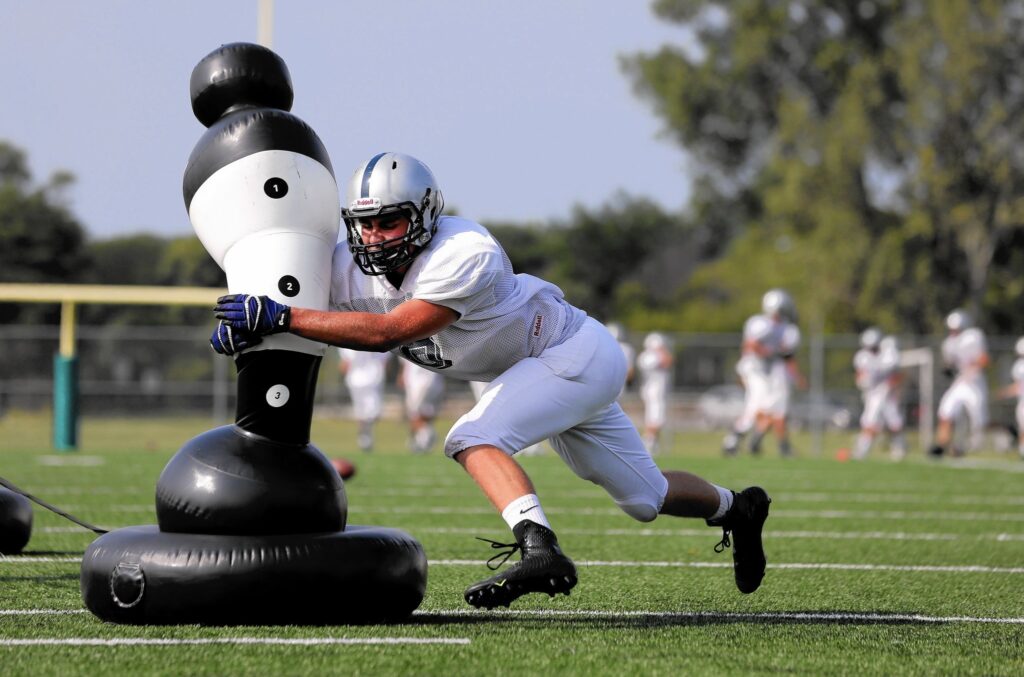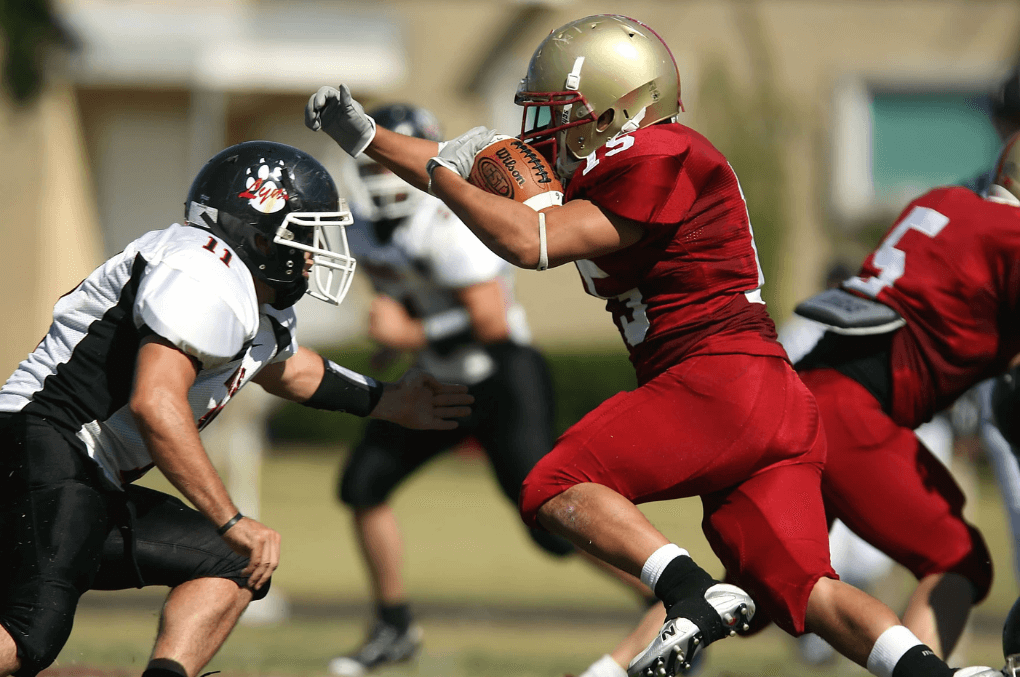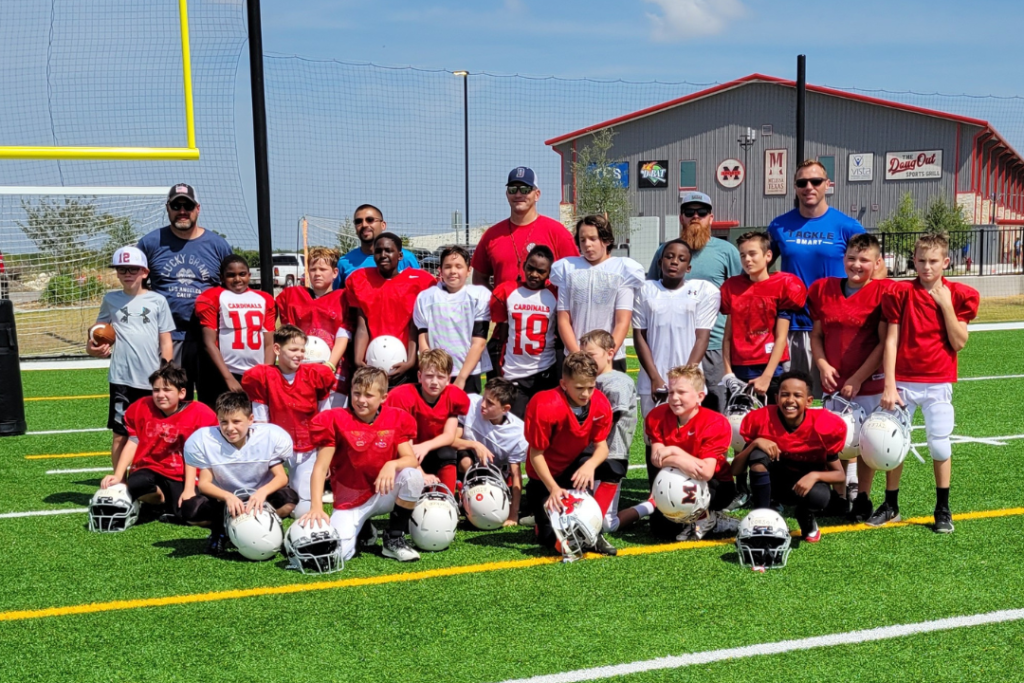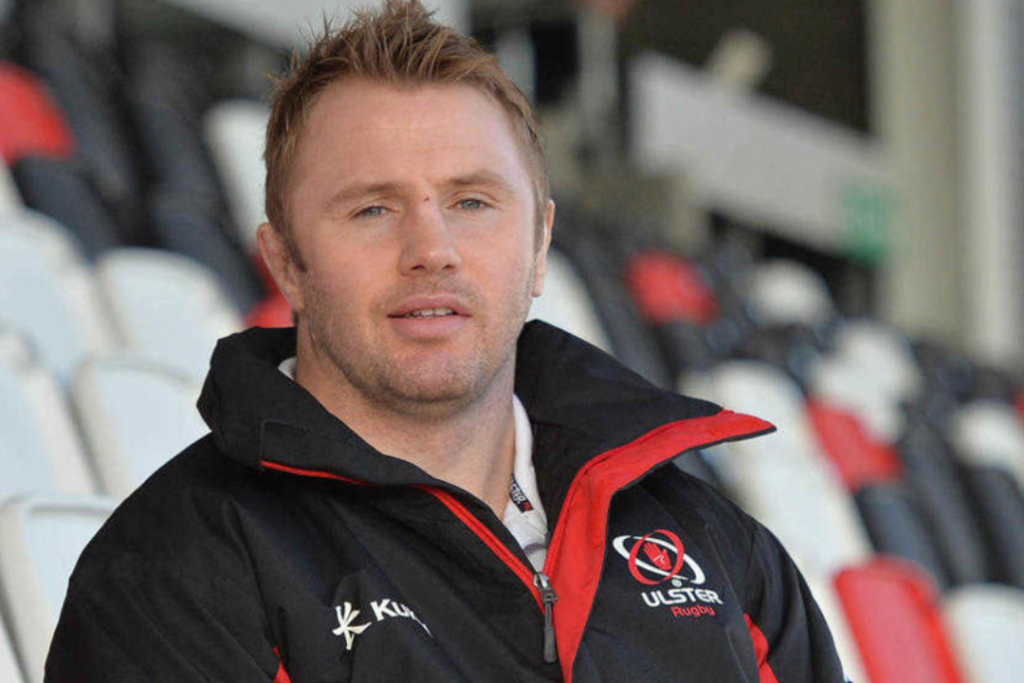It can be a scary time when your child gets injured during an athletic event. You may be up in the stands feeling helpless while medical staff helps your child, or if there are no medical staff around, you may be wondering what you can do to help. Not to mention that both you and your child may be worried about how such an injury will affect their ability to play the game they love. So, to prepare you for such an event, let’s learn a bit about common sports injuries and steps you can take to handle such situations properly to ensure the best outcomes for your child for the short and long term.
Types of sports injuries
According to Texas Children’s Hospital the following are the most common sports injuries seen in youth.- Shoulder dislocation: This type of injury can occur when the arm is being held straight out and then is pushed backward. You usually hear a pop, then the child is usually in a lot of pain. A health professional should be the only one to pop the shoulder back in place. Strengthening the shoulder muscle through physical therapy can lower the risk of such an injury.
- ACL, or anterior cruciate ligament tears: This serious knee injury can be caused by a collison, a blow to the knee by another player, or when a player tries to land a jump or turn suddenly. A pop in the knee is often heard and swelling with difficulty walking follows. A physician should be contacted immediately, and surgery may be required to fix the injury in many cases.
- Dehydration: If your child starts to complain of a headache, nausea, abdominal pain, muscle cramping, or extreme thirst, then they may be dehydrated. If this is the case, they should stop playing right away and drink plenty of water. Dehydration can be caused by a viral illness, drinking too much caffeine or simply not drinking enough water.
- Concussion: Concussions can happen when a child experiences a blow to the head or quick turning of the head. Symptoms of a concussion may include headache, dizziness, blurry vision, and/or confusion. A concussion should be examined by a healthcare professional as well as plenty of sleep, rest from exercise, and a break from using electronics.
Steps to handling a child’s sports injury
- Stay calm: You may panic when your child is injured because you love them. But you should try your best to stay calm for at least a minute, so you and/or medical staff can gauge how serious the injury is. Not to mention that doctors and coaches don’t need the added pressure of a hysterical mom rushing onto the field. This calming influence will also be beneficial to your child, especially if the injury is severe, to keep them from stressing out and putting their body under any more pressure.
- Know the details: No matter what event you attend, be sure you have a list of your child’s important medical details and insurance information in case of an emergency. This way you can get them to proper medical care quickly without hesitation.
- Practice first aid: It may be helpful to take a certification course to learn first aid and CPR. This basic knowledge of first aid can teach you what injuries to treat with ice or heat, how to clean and cover open wounds, etc. With cuts, scrapes, and other less serious injuries, it’s important to know that if swelling doesn’t subside in a few days, then it’s probably best to see a doctor.
- Get to know your child’s pain threshold over time: To keep your child safe after an injury, it’s important not to always insist on playing through pain. This could just make the injury worse and prevent proper healing. In cases of small fractures, it’s important to be aware of pain around the growth plate, in which case a physician should be contacted right away.
- If in doubt, seek a medical expert: In some cases, if you’re unsure whether your child’s injury is serious, it’s better to be safe and sorry and take them to a doctor. Changes in vision, mental state, swelling, persistent pain, and/or headaches are just some symptoms that warrant a medical expert’s help.
